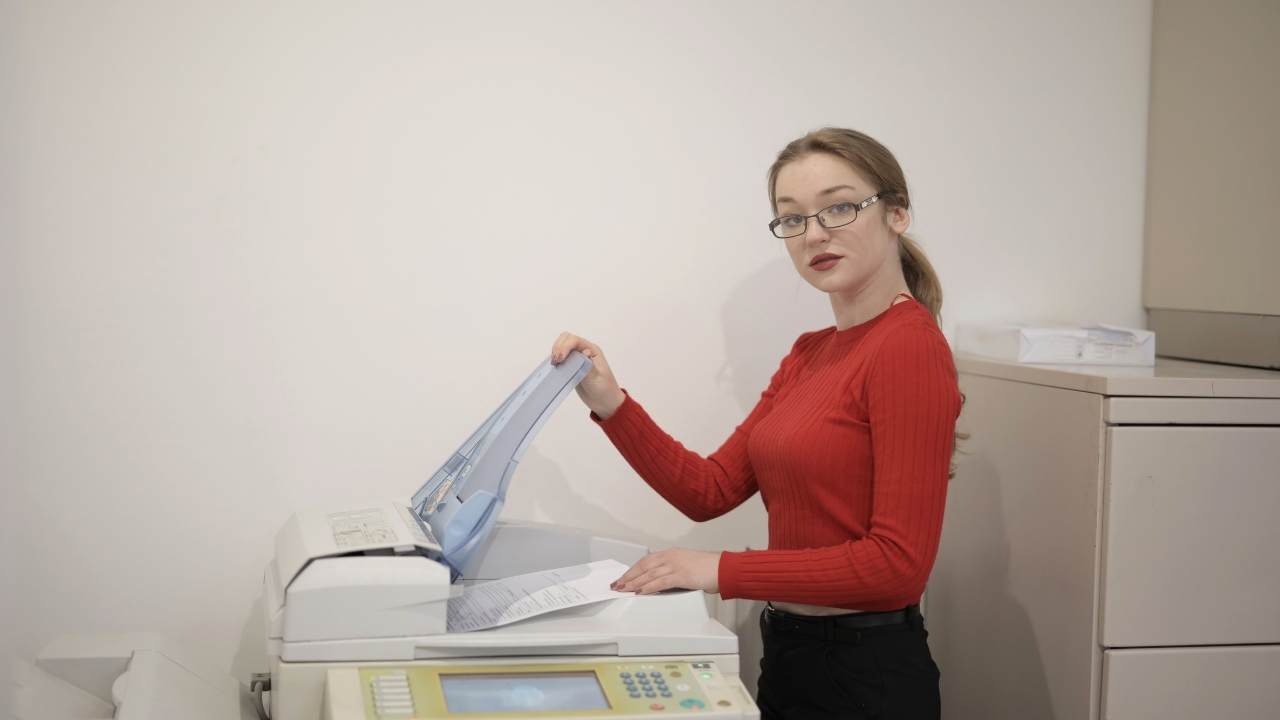Courtesy Email Example – Courtesy emails serve as polite communication tools that facilitate positive interactions in various settings. They can be essential for maintaining professional relationships, expressing gratitude, or handling sensitive situations. Understanding the importance of courtesy emails can enhance workplace culture, improve communication effectiveness, and foster mutual respect among colleagues and clients.
In-Depth Explanation of Best Structure for Courtesy Email Example
1. Start with a Clear Subject Line
A concise subject line sets the tone for your email. It should reflect the content and urgency of the message. For example:
– “Thank You for Your Support”
– “Follow-Up on Our Recent Meeting”
2. Use a Friendly Greeting
Begin your email with a warm greeting that addresses the recipient by name. A simple “Hi [Name],” or “Dear [Name],” works well.
3. Express Gratitude or Purpose
Clearly state the purpose of your email right away. If you’re expressing thanks, be specific about what you’re grateful for. For instance:
– “I appreciate your help with the project last week.”
4. Provide Additional Context
If needed, offer context to clarify your message. This helps the reader understand the significance of your email. For example, mention how their assistance impacted your work positively.
5. Close Politely
End your email with a polite closing statement. This could be a simple “Thank you!” or an invitation for further communication, like “Looking forward to hearing from you.”
6. Sign Off with Your Name
Always include your name and, if applicable, your position and contact information beneath your sign-off to maintain professionalism.
7. Review and Edit
Before hitting send, review your message for clarity, grammar, and tone. A well-edited email reflects professionalism and respect for the recipient.
Seven Sample Examples of Courtesy Email Example
Example 1: Thanking a Colleague for Their Help
Subject: Thank You for Your Support
Hi Sarah,
I wanted to take a moment to thank you for your incredible support during the project last week. Your insights were invaluable and made a significant difference. I truly appreciate your collaboration.
Best,
John
Example 2: Following Up on a Meeting
Subject: Great Meeting Today!
Dear Mark,
Thank you for taking the time to meet with me today. I enjoyed our discussion on the upcoming project and appreciate your input. I look forward to working together!
Sincerely,
Lisa
Example 3: Acknowledging a Job Application
Subject: Thank You for Your Application
Hi Tom,
Thank you for applying for the Marketing Coordinator position. We appreciate your interest in our company and will review your application shortly.
Best regards,
The HR Team
Example 4: Apologizing for a Delay, Courtesy Email Example
Subject: Apologies for the Delay
Dear Clara,
I want to sincerely apologize for the delay in responding to your email. Thank you for your patience, and I will get back to you with the information you requested by the end of the week.
Warm regards,
David
Example 5: Thanking a Client for Their Business
Subject: Thank You for Your Trust
Hi Rachel,
Thank you for choosing us for your recent project. We are grateful for your trust and look forward to exceeding your expectations throughout our partnership.
Cheers,
The Team
Example 6: Requesting a Referral
Subject: A Small Favor
Hi Mike,
I hope you’re doing well! If you know anyone who might be interested in our services, I’d greatly appreciate it if you could pass my information along. Thank you so much!
Best,
Emma
Example 7: Confirming a Scheduled Meeting
Subject: Meeting Confirmation
Dear Alex,
This is a friendly reminder about our meeting scheduled for Thursday at 2 PM. I look forward to our discussion and appreciate your time.
Best wishes,
Kevin
Key Questions and Answers
What is the purpose of a courtesy email?
A courtesy email serves to maintain professionalism and express gratitude or acknowledgment. It helps in building and nurturing relationships in professional settings.
When should I send a courtesy email?
Sending a courtesy email is appropriate after meetings, upon receiving assistance, or when you wish to acknowledge someone’s efforts or contributions. Timing can enhance the email’s impact.
How formal should a courtesy email be?
The level of formality in a courtesy email depends on your relationship with the recipient. While it’s important to maintain professionalism, a friendly tone can make your message more approachable.
What should I avoid in a courtesy email?
Avoid using overly complex language or jargon. Steer clear of vague statements and ensure your message is clear and concise to avoid misunderstandings.
Thank you for taking the time to read through this article. We appreciate your interest in enhancing your communication skills. Feel free to visit again for more informative content!
